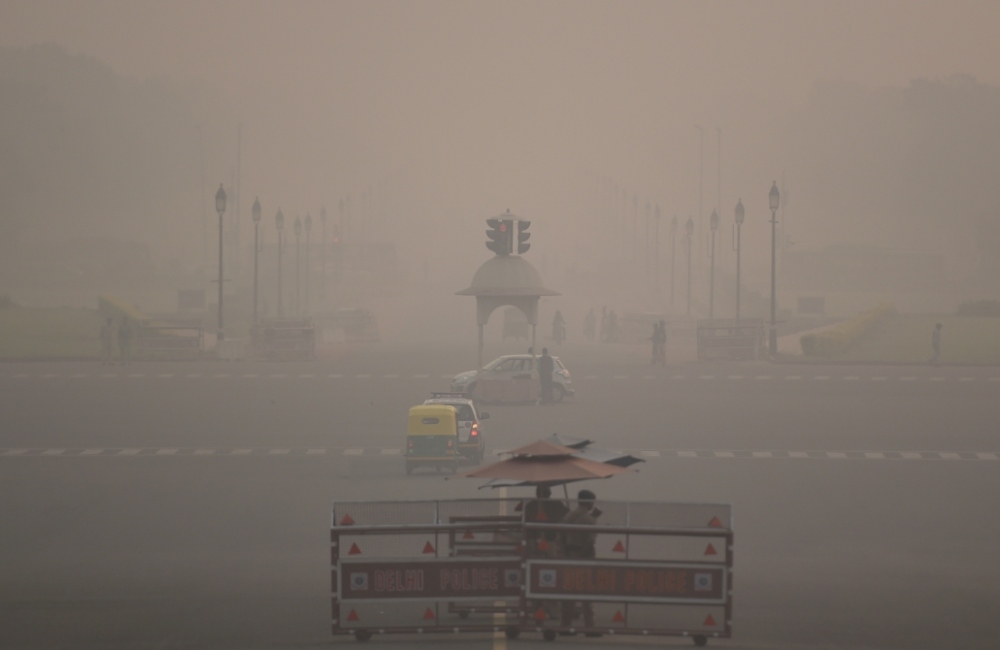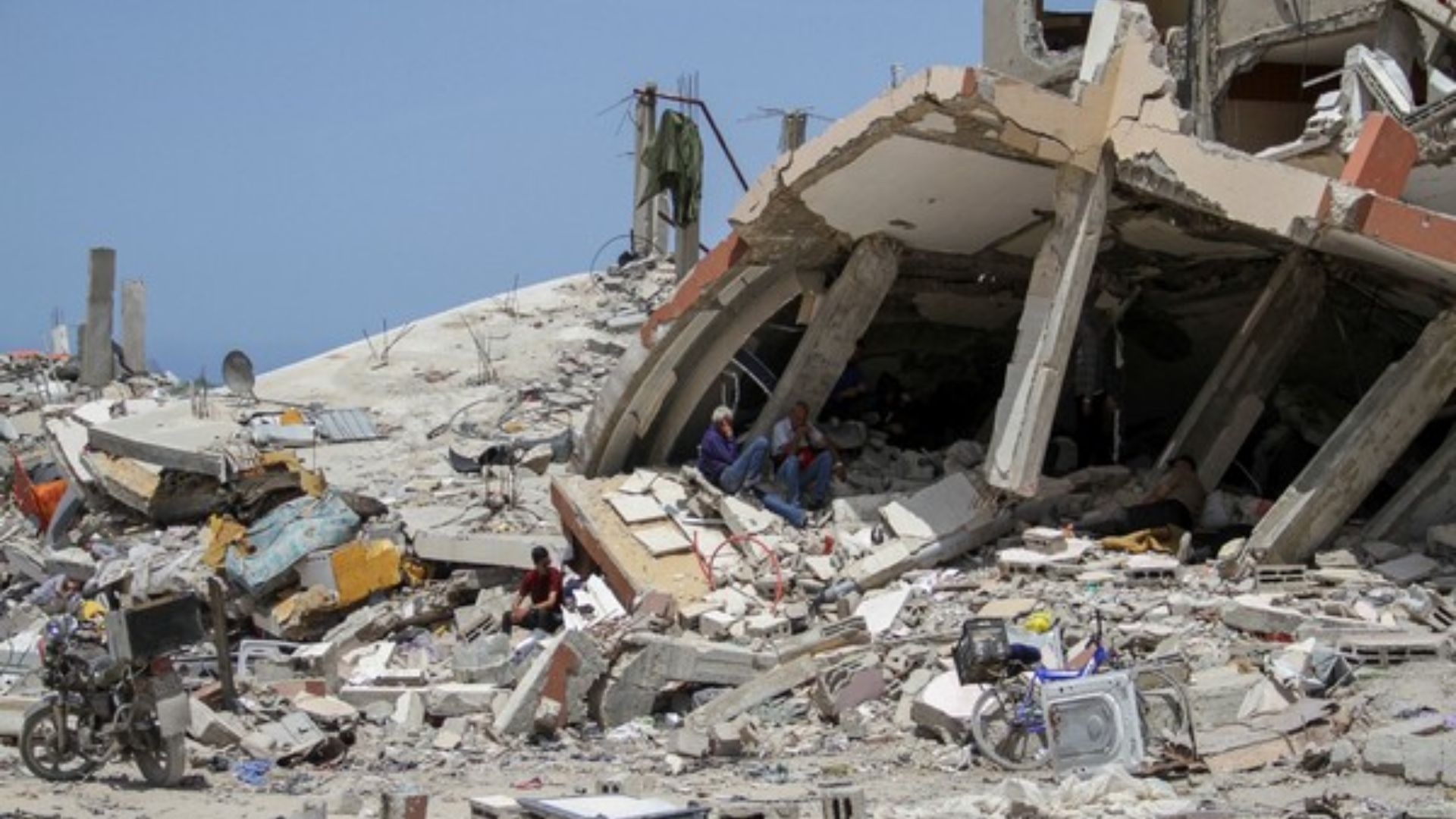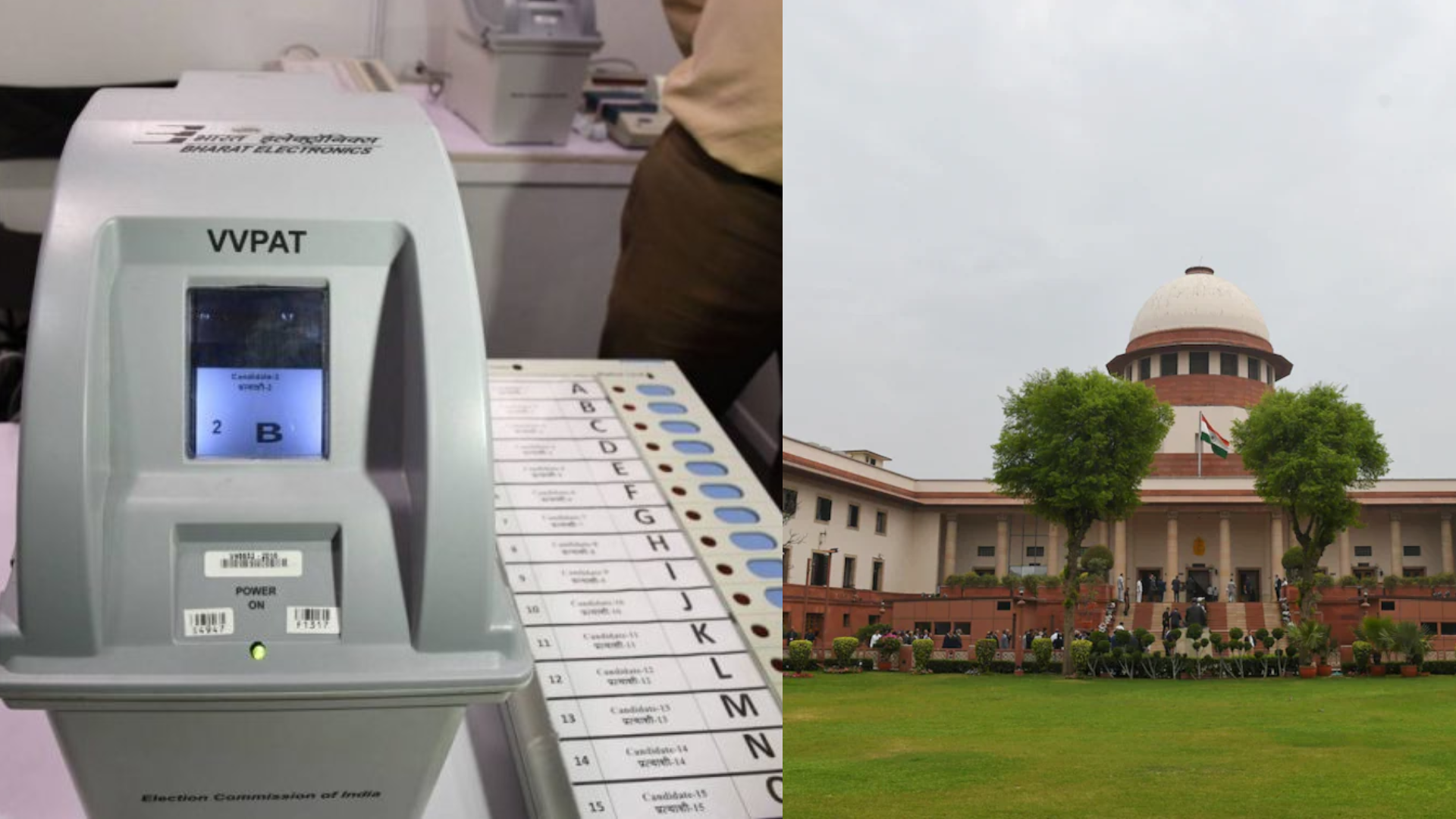










After enduring months of poor air quality and perilous conditions, Delhi’s inhabitants can finally find solace as the city’s air quality makes a notable improvement, now categorized as ‘Moderate’ based on SAFAR-India’s data (System of Air Quality and Weather Forecasting and Research). This transition marks a promising development for the national capital.
The air quality in the National Capital Region also remained between ‘moderate’ and ‘poor’ categories, with AQIs at 158 in Gurugram, 248 in Greater Noida, 170 in Noida, and 179 in Faridabad. AQIs in other cities of the country where the air quality was recorded in ‘the’moderate’ category include Ahmedabad (141), Chennai (126), Lucknow (150), Mumbai (163), Patna (142), Pune (126), and Jaipur (134), according to the CPCB data.
The air quality in Delhi persisted in the ‘poor’ category on Tuesday, with the 24-hour average Air Quality Index (AQI) at 220, showcasing an improvement from 263 reported at 4 pm on Monday.
In a notable shift, Delhi’s air quality had deteriorated to ‘very poor’ on Sunday, marking the first instance since May. This decline was attributed to a decrease in temperature and wind speed, leading to the accumulation of pollutants. Additionally, a few instances of firecracker burning were reported on Tuesday, coinciding with the celebrations of Dussehra.
According to Delhi’s Environment Minister Gopal Rai, the government has identified an additional eight pollution hotspots in the national capital, in addition to the existing 13, with plans to deploy specialized teams to investigate pollution sources.
Furthermore, the government has resolved to utilize suppressant powder as a preventive measure against dust pollution in the city.
The minister also indicated that the government is progressing towards the implementation of the second phase of the Graded Response Action Plan (GRAP) in anticipation of the upcoming Diwali festival.
AQI categories
The AQI is a standardised system used globally to communicate the level of air pollution to the public. It categorises air quality into different levels, each associated with a color code and a set of health advisories.
Also Read: India shows deep concern on ‘Israel-Hamas’ war At UNSC
Catch all the Latest Business News, Breaking News Events, and Latest News Updates on NewsX










